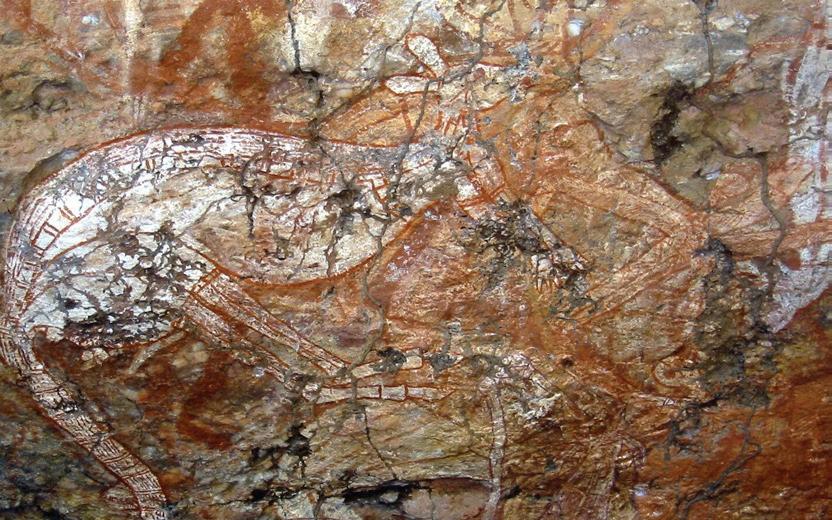The beauty behind wearing your culture By Shayma Abdellatif
TRADITIONAL CLOTHES, FURNITURE, JEWELLERY ARE ALL ESSENTIAL ELEMENTS OF CULTURE. THEY ARE THE TANGIBLE WAYS OF REFLECTING THE UNIQUE IDENTITY AND VALUES OF DIFFERENT CULTURES. Beyond its material value - it is the historical, spiritual and emotional significance that adds true value and depth to its meaning. Every traditional item holds its own particular story, meaning and understanding. For example, the use of cherry blossom (Sakura) in the Japanese kimono symbolises beauty and new beginnings in the distinct notched petals that only bloom briefly during spring. Similarly, fig-trees, olive leaves and pigeons in Palestinian embroidery symbolise prosperity, resilience and good health. Accordingly, these distinctive clothing items go beyond their basic functions, by representing each community’s understanding and interaction with their social environment and nature. These are also essential in preserving culture as they act as constant
9
reminders of the values attached to them. This is particularly the case for ethnic minorities in Australia. Assala Sayara, an Australian-Palestinian social worker and activist, has always been surrounded by Palestinian culture in her Western Sydney home. Growing up, she enjoyed a verity of Palestinian dishes, wore traditional dresses and leaned on embroidered cushions. Assala makes a conscious effort to incorporate Palestinian culture in her daily life. This involves wearing the keffiyeh, traditional embroidery and a pendant with the Palestinian map as a way of upholding a connection with her identity as a Palestinian in the diaspora.
Although Australian society is multicultural, not all people from ethnic minorities feel comfortable in displaying their culture due to fear of alienation and being perceived as different. However, for her, culture is a way of life and public display of her culture stems from a state of self-acceptance and pride in her difference. “My identity isn’t a show for anyone. It’s a way of how I find comfort in myself and a way of sharing a message that you don’t have to belong to spaces by being the same in appearance,” says Assala.
“I feel like a part of me is with me. It’s a way of being my authentic self. It’s a way of connecting to my ancestors who I’ve never seen. It’s a way of preserving the right to be, the right to exist by claiming ownership of what’s mine,” said Assala. While many avoid dressing in their traditional clothes outside of cultural, Assala emphasises the importance of using traditional items in daily life.
Assala Sayara in her traditional dress.
















